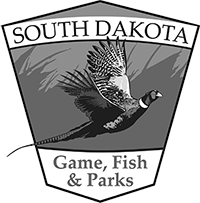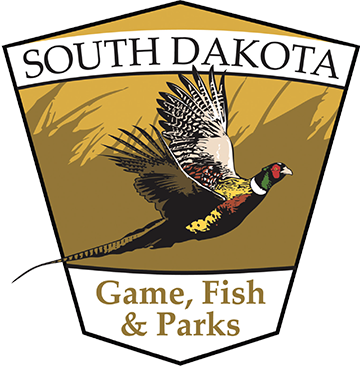Avian Flu (Bird Flu)
Background
The term "Bird Flu" has sparked interest, concern, and even panic in some parts of the world. The fact that the virus may be carried in migrant populations of wild birds means that it can be transported from one country—and even continent—to another.
The first case of avian influenza was confirmed in South Dakota in a commercial turkey farm in Beadle County in 2015. In March of 2022, avian influenza was confirmed in two commercial turkey farms in Charles Mix County and in both snow geese and Canada geese in South Dakota. GFP is working with the South Dakota Animal Industry Board (AIB), the United States Department of Agriculture Animal and Plant Health Inspection Service (USDA-APHIS), and other management agencies to monitor and respond additional outbreaks of avian influenza.
Symptoms
- Poultry affected by avian influenza can show signs of decreased food consumption, respiratory problems, decreased egg production, greenish diarrhea, excessive thirst and swollen wattles and combs.
- Wild birds may have symptoms including edema or swelling of the head, nasal discharge, decreased activity, inability to swim/walk or take flight, ruffled feathers, diarrhea and tremors.
Best Management Practices
- Do not handle or eat sick game.
- Keep wild bird carcasses away from domestic poultry.
- Prepare game in a well-ventilated area.
- Wear rubber or disposable latex gloves while handling and cleaning game.
- Wash hands thoroughly with soap or disinfectant, clean knives, equipment, and surfaces that come in contact with game.
- Do not eat, drink, or smoke while handling animals.
- All game should be thoroughly cooked to an internal temperature of 165 degrees F.
Additional information on avian influenza can be found at the following:

